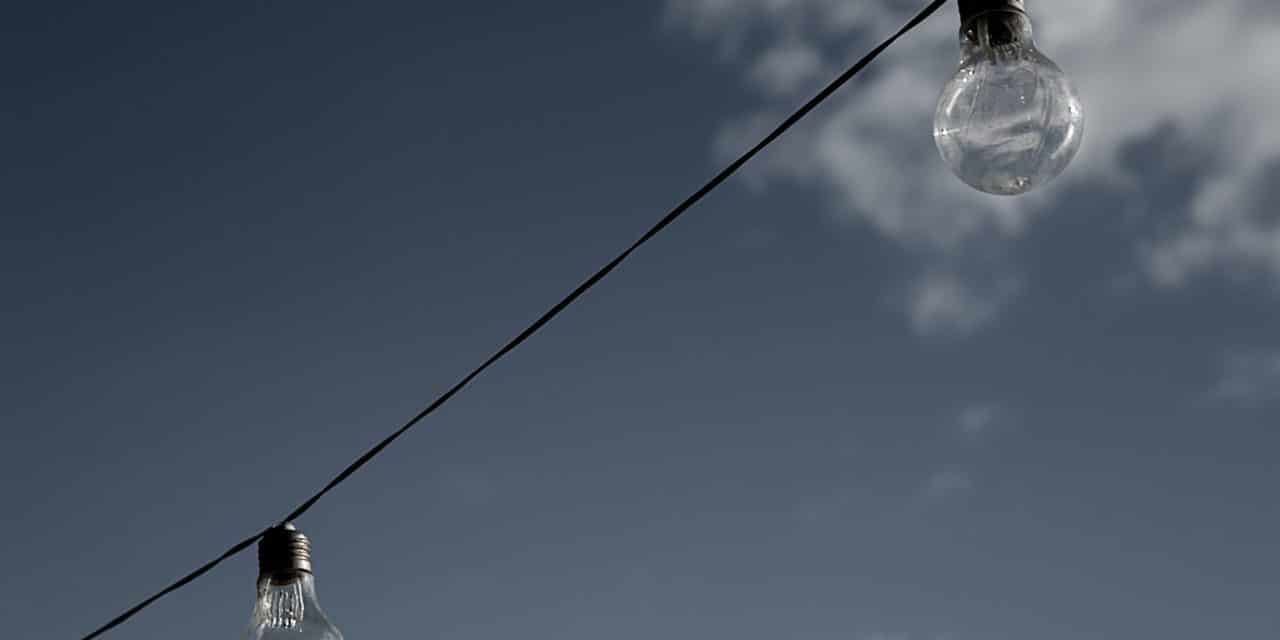[ad_1]
If you're interested only in energy efficiency, then the CFL bulbs are more efficient than LED diodes. They provide you with more light and use less energy. And we all know than in off-grid systems it's better and cheaper to save energy than to produce it.
But this energy efficiency should not be the only cause to make this choice. There other important features that you need to consider.
First of all, typical CFL bulb requires alternating current (AC) voltage. And to have AC voltage in off-grid system you need an inverter. Inverter is plugged to battery bank (that provides only direct current (DC) voltage) and produces AC voltage.
It's much easier to use LED lights in off-grid systems, because LEDs work on DC current as well. To be more specific, single LED diode works on DC current. So you don't need any expensive hardware (a good inverter will not be cheap) to run your LED lights from your off-grid systems.
The difference in LED/CFL efficiency is somewhat balanced by the efficiency of DC–>AC transition in the inverter. This device, unfortunately, has efficiency less than 100%. Nevertheless, the total inverter + CFL efficiency is greater than for LED light that uses DC voltage.
The CFL emit light in all directions while the LEDs give more concentrated light beam. Because of that, the CFL lights work better as main light sources for entire rooms, while hung on the ceiling, and LEDs are used to provide light on smaller areas, like on a single desk. LEDs are often connected in a form of light bulb (with a Edison screw) that's capable of being installed in a conventional fixture, but can also be connected in a form of LED strips that can be used for hallways or decoration purposes.
As you can see, CFL and LED lights would probably work best in an off-grid system if used together.
[ad_2]
Source by Krzysztof Lis


